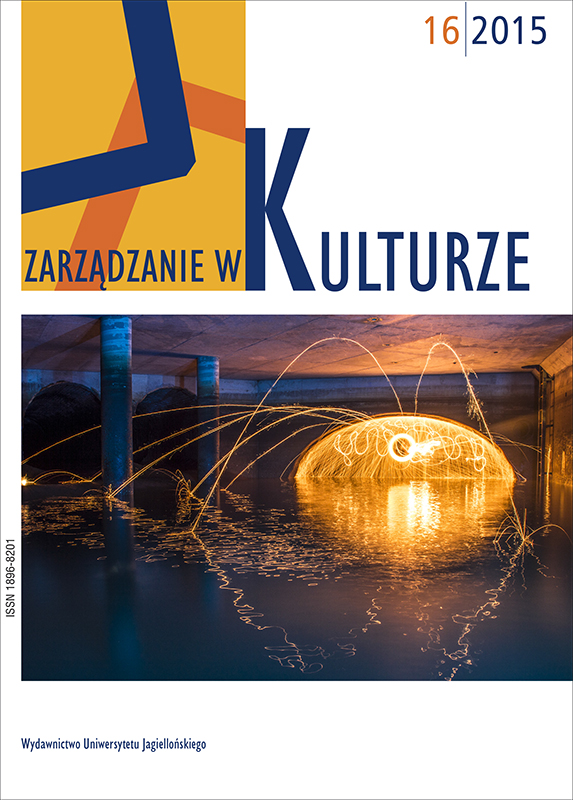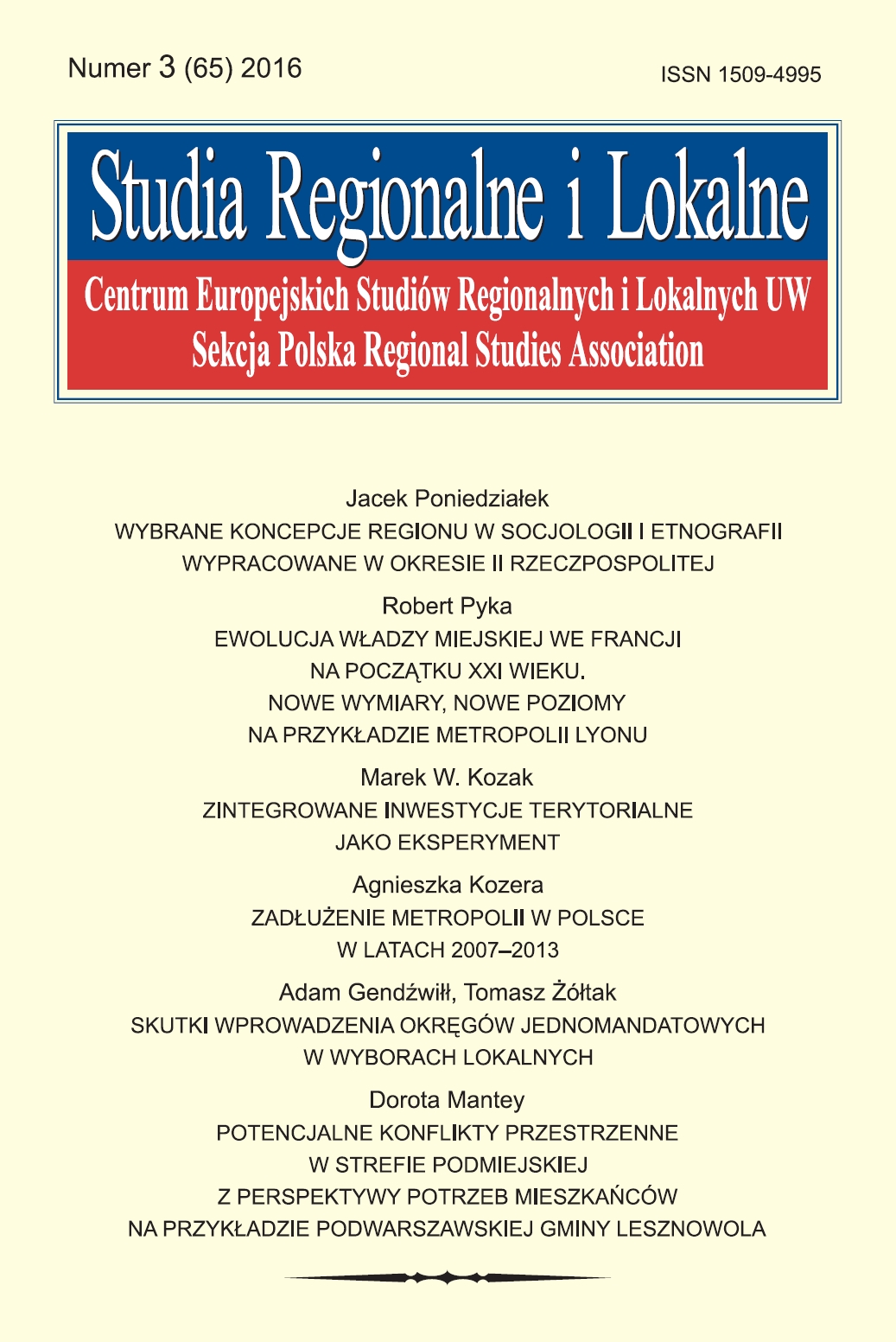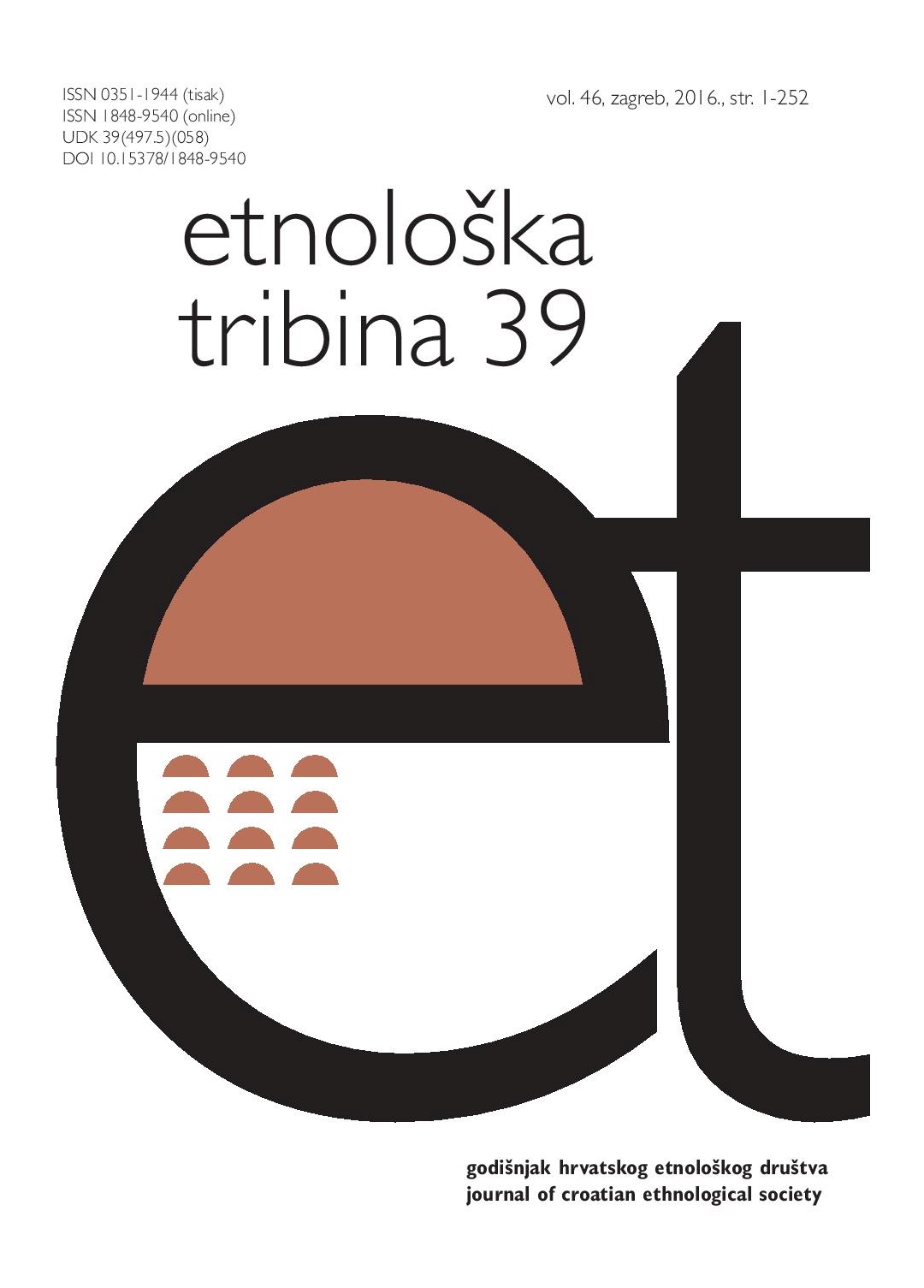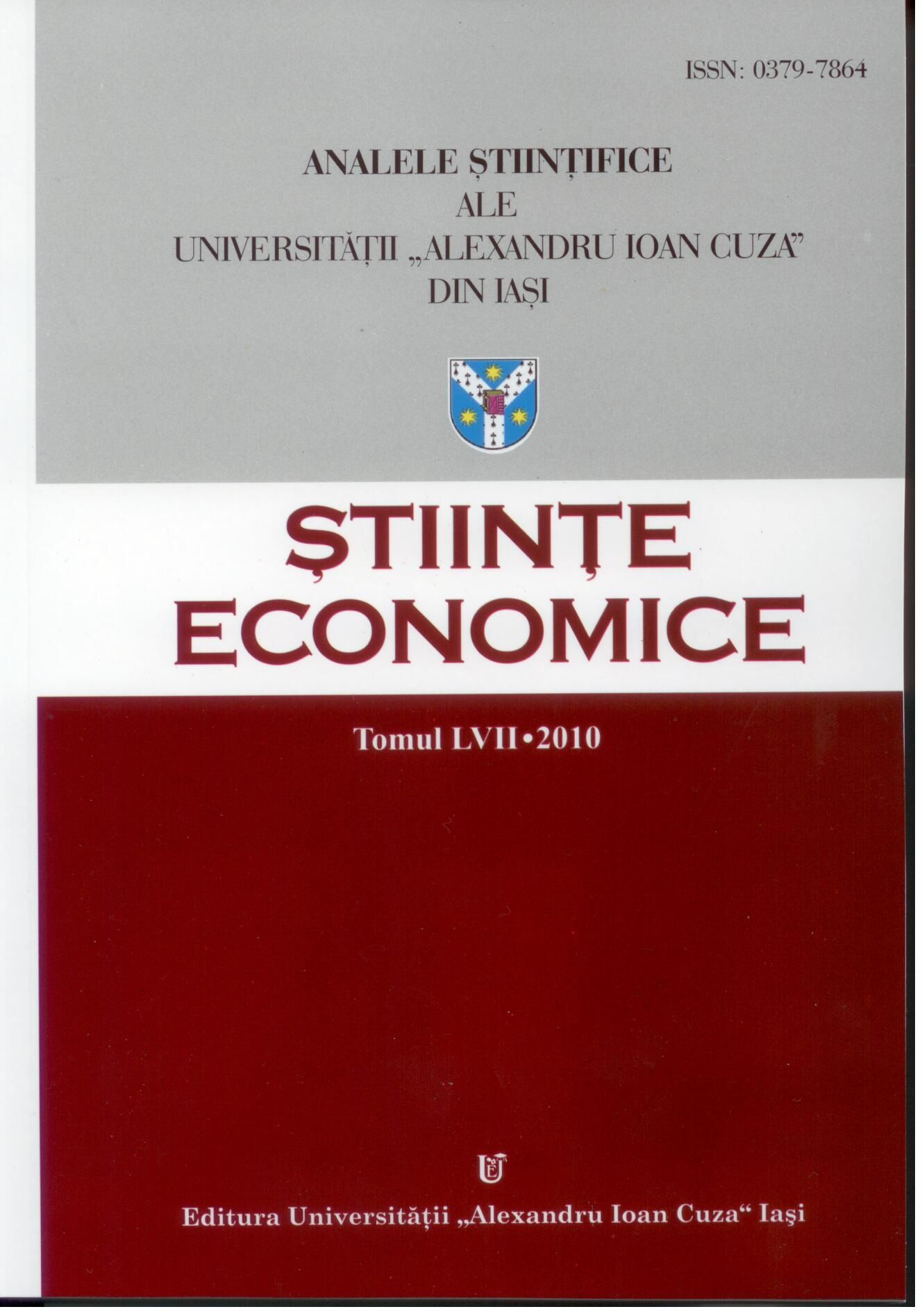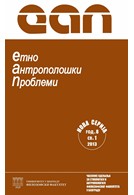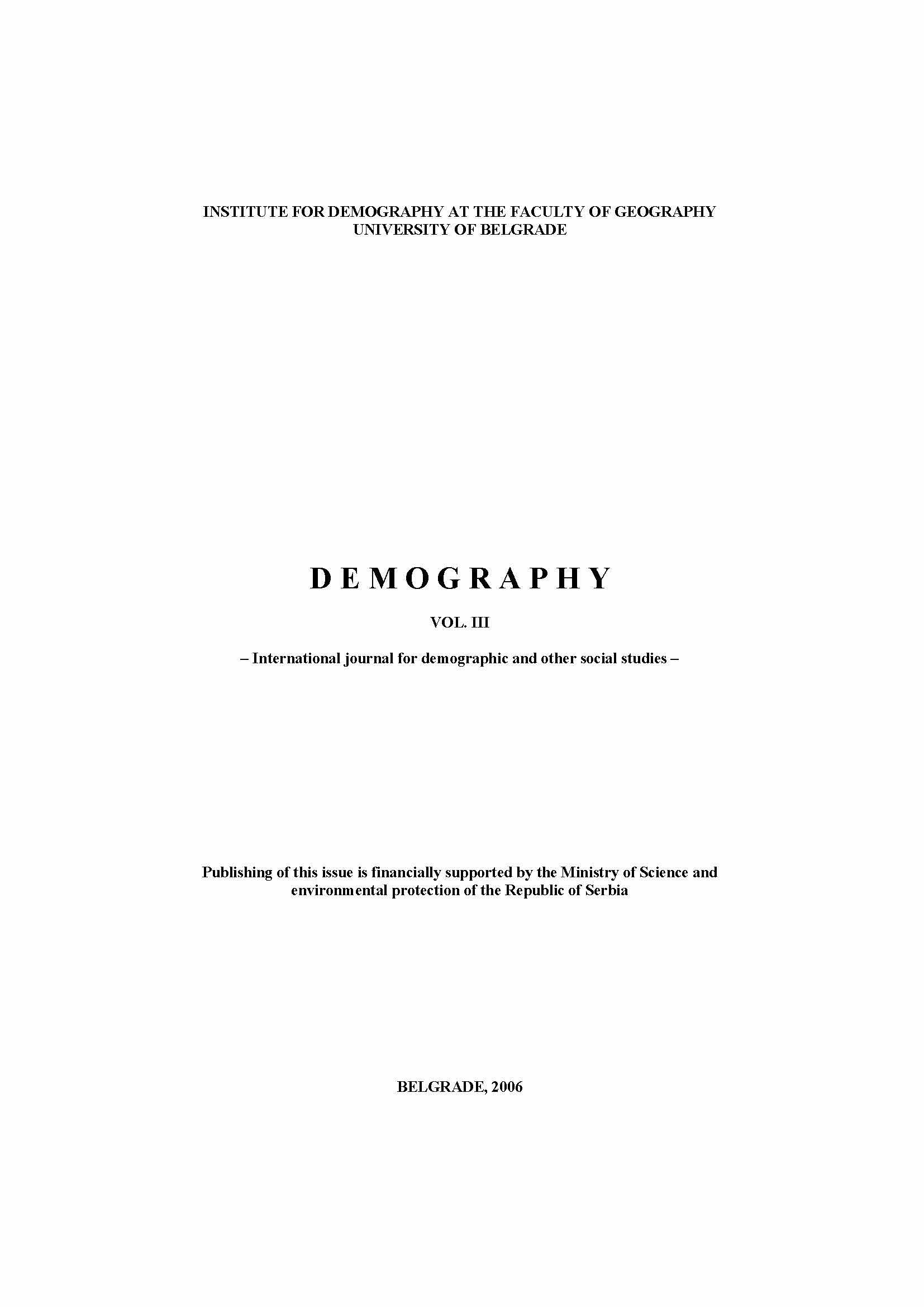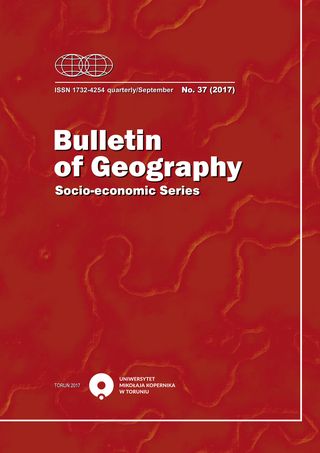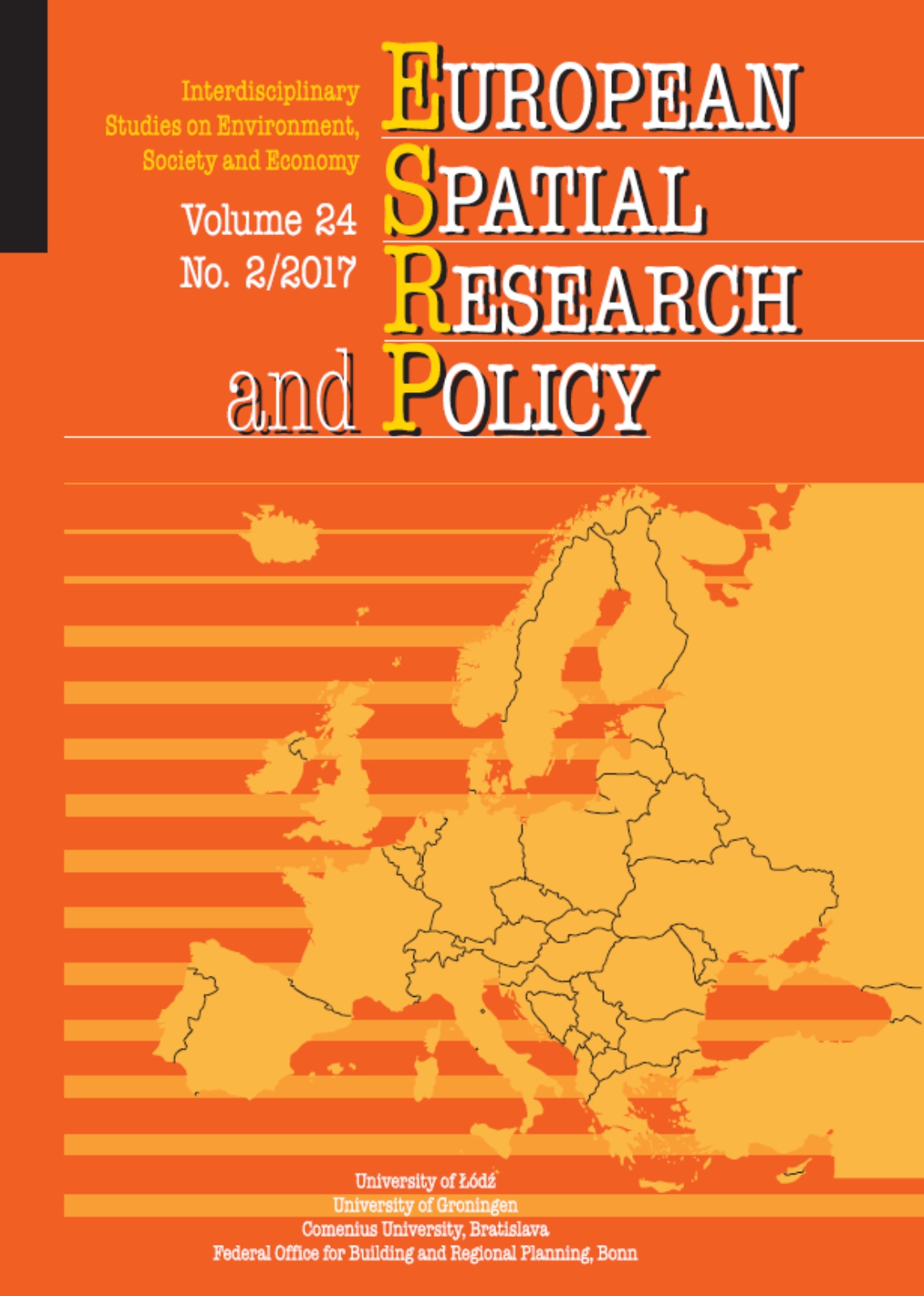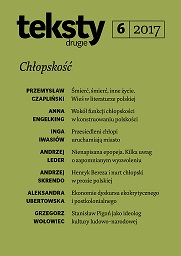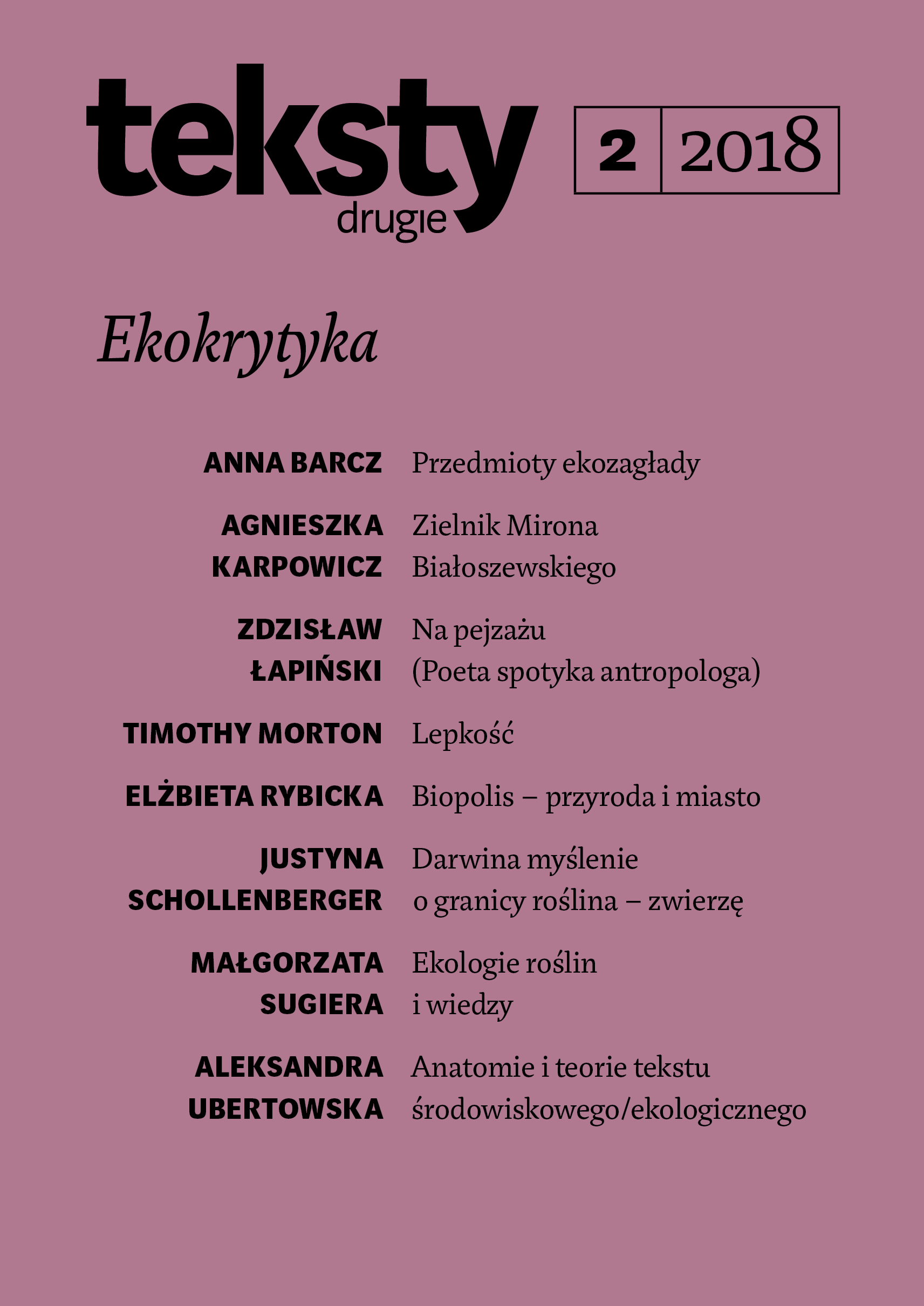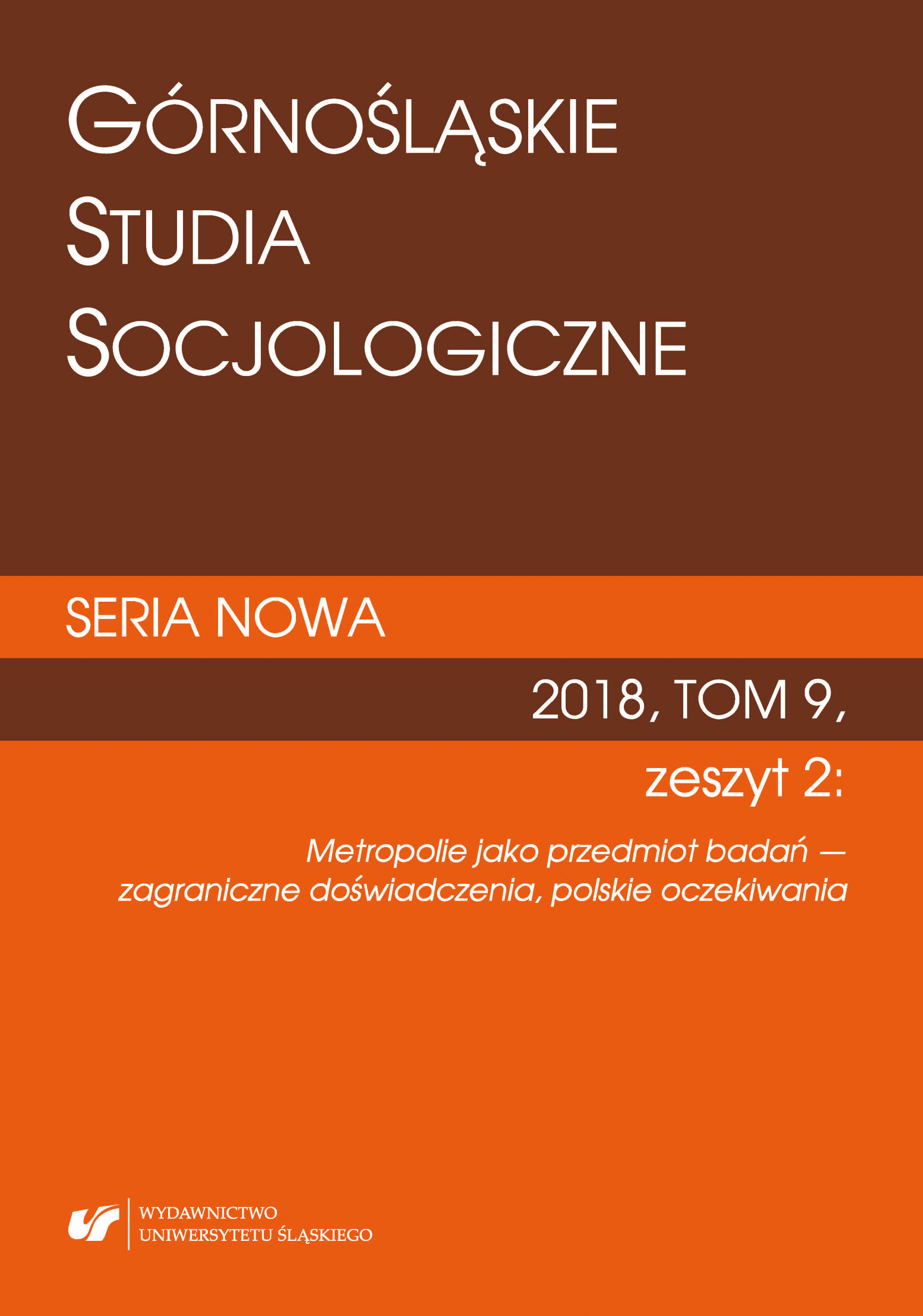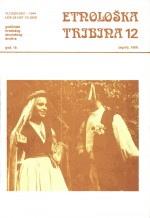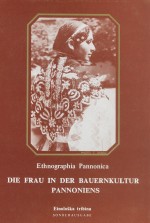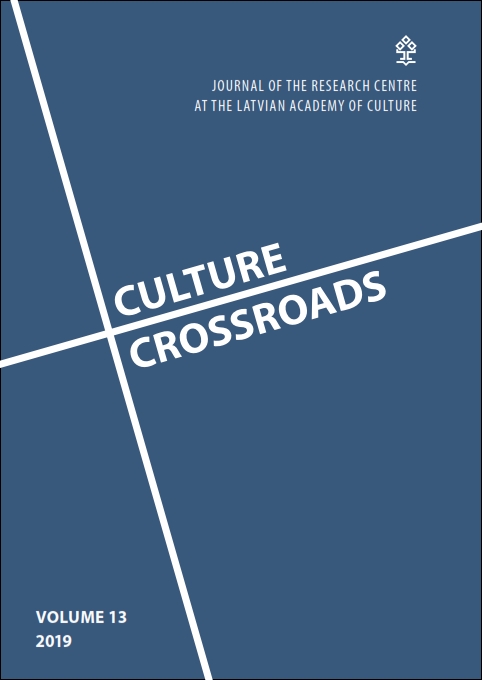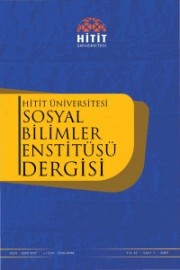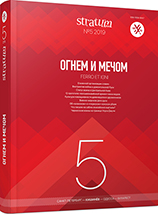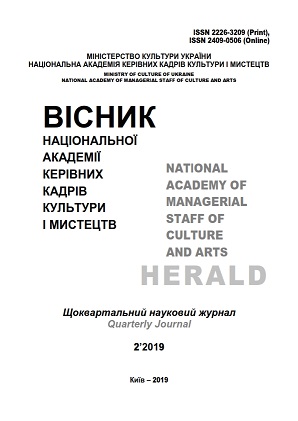Author(s): Deividas Marcinkevičius,Vilma Karvelytė Balbierienė / Language(s): English
Issue: 2/2017
The process of agricultural collectivization and formation of collective farm villages[1] started in 1948. There was started an intensive expropriation of land, the intensification of mechanization as well as concentration of the production of agricultural commodities; there was initiated the development of the villages for the newly organized collective farms. During the Soviet period, all villages were classified according to the number of the population in the villages, spheres of control, social and production potential. (Bielinskis F. Stanevičius St.,). Within the development of new large farming centres, the other classification of new villages was introduced according to the functions and administrative division. (The Administrative Territorial...of the Republic of the Soviet Lithuania ..., 1972). The central and secondary villages developed as the derivative structures of the collective farming system or as the principal urban formations. The process of collectivization itself in rural areas together with the industrialization in towns had to serve the increase of economy in the Soviet Union. Afterwards, all the processes related to collectivization significantly slowed down and finally in the nineties of the previous century, were doomed to fail together with the collapse of the Soviet Union. A huge number of the former existed collective farm villages as well as rather dense location of them throughout the whole territory of the country indicate the impact of those villages on the urban and land management framework of the country. Heretofore, every collective farm village turned to be a guarantee of employment for the population residing in the village because in each collective farm village there were economic-industrial buildings and goods were manufactured by an abundant work force. At present, when a great number of the buildings have been abandoned, the villages have confronted with the urgent problem of unemployment which has caused social problems. The mentioned above problems have derived from one aspect, i.e., the loss of the function of the former collective farm villages. In case, a newly derived function could be provided for those villages, there might be solved the issues of unemployment, neglected buildings, impoverishment of the landscape, demographic decline of the population in those rural areas as well as certain social economic problems could be solved.
More...
